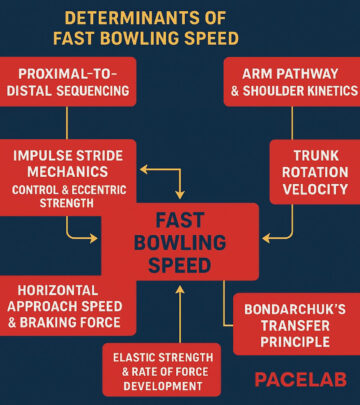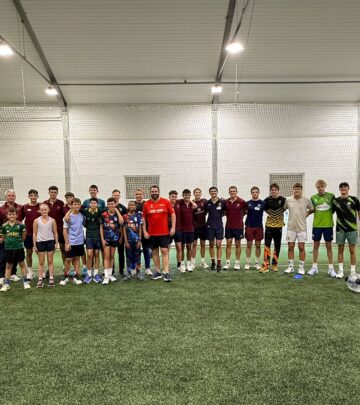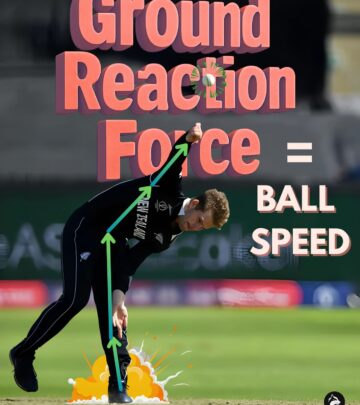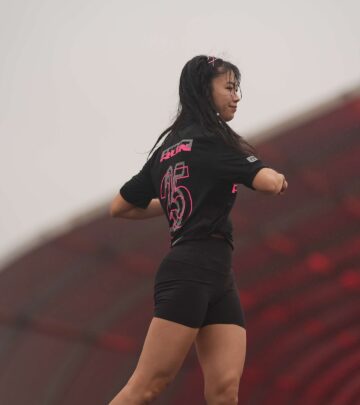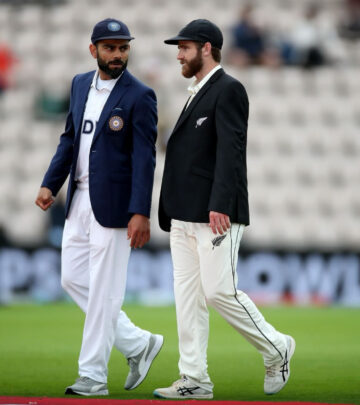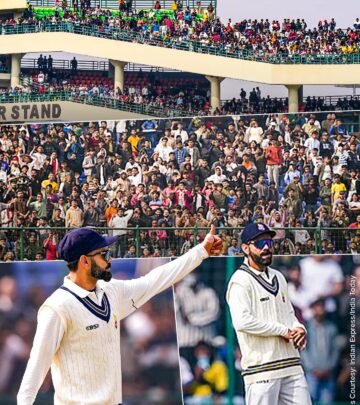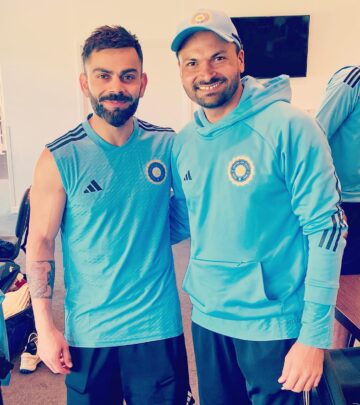Structured Technical Change In Fast Bowling
Empowering bowlers using targeted drills to enhance resilience, stability and performance.
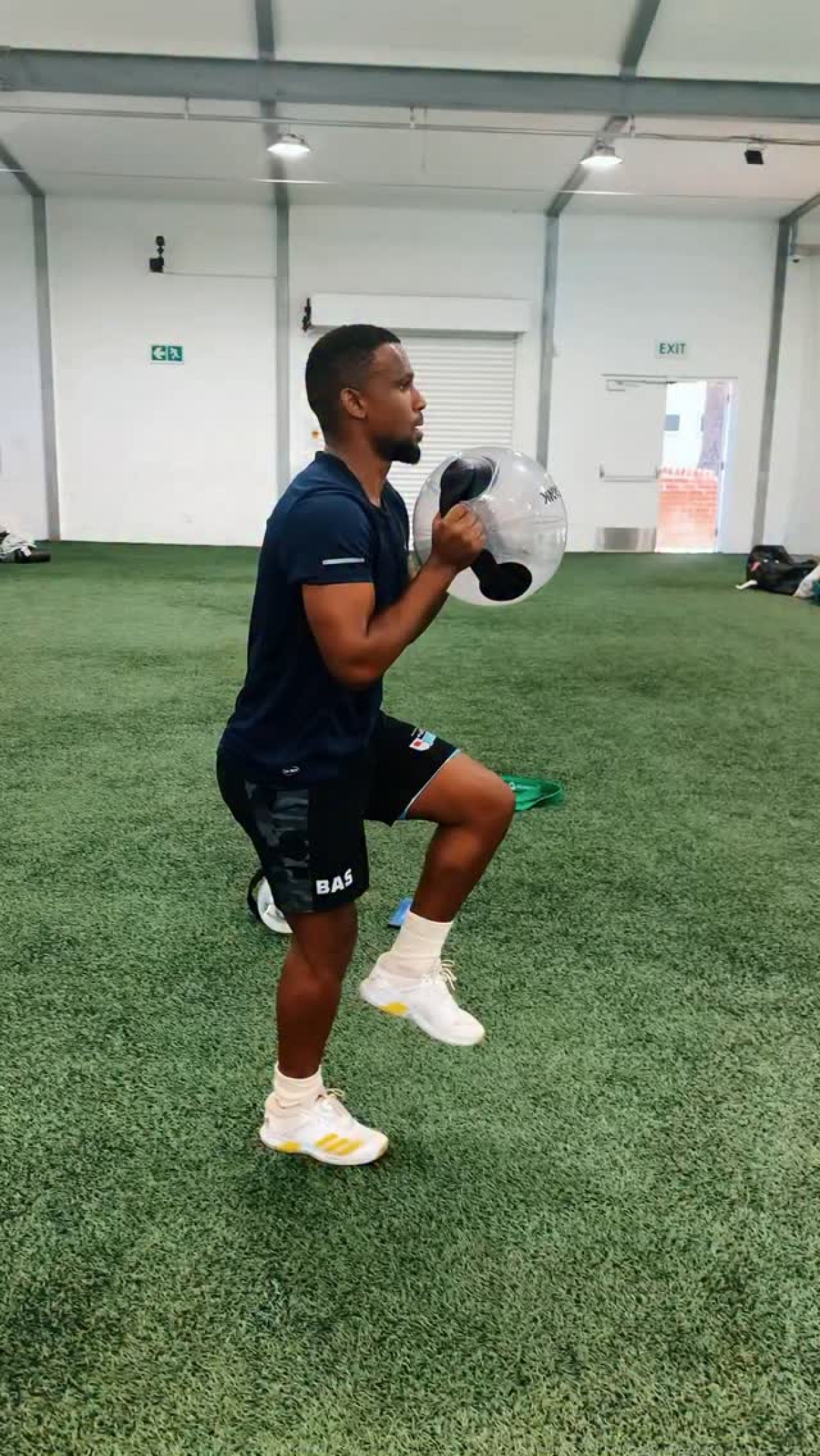
Image: Instagram
In a dynamic coaching session that is fast becoming a hallmark of scientific fast bowling training, renowned coach Steffan Jones (@steffanjones105) and his team are pushing the boundaries of traditional techniques. During the second technical session, in collaboration with Lizzy W11, the training focused on a powerful method known as the IICOR Principle: Structured Technical Change. This session emphasizes not just drilling a set technique, but engineering a resilient, adaptable, and high-intensity skill system that can thrive under pressure.
The Iicor Principle: Structured Technical Change
The session was anchored in the core principles of technical change. Coaches introduced a five-step process that includes IDENTIFY, ISOLATE, CONSTRAIN, OVERLOAD, and REPEAT. Each step is designed to revolutionize the way fast bowlers respond to inherent mechanical flaws. For instance, IDENTIFY is all about pinpointing the flaw in the back foot contact—the instability that might stem from a collapsing ankle or poor hip-shoulder separation. This is a critical phase since a misstep at the back foot could undermine the entire bowling action.
Coaches demonstrated how to ISOLATE the fault by stripping the action back to its bare bones. Using simplified drills or positional holds, the athlete’s movement is refined, ensuring the right muscle groups activate appropriately. Next, the CONSTRAIN step applies specific task modifications such as step-to-block drills or med ball scoops. This restriction is not a limitation but an essential boundary that nudges the athlete toward the correct movement pattern.
Drilling With Purpose: Overload And Repeat
Following these initial steps, the session moved into OVERLOAD. By incrementally increasing stress through speed, load, and coordination complexity, the drills embed the newly refined technique. As one coach remarked, “Let the brain do the work,” emphasizing that technical mastery is not solely physical but also a neurological adaptation. The final step is to REPEAT the process in varied, representative contexts, establishing a durable muscle memory. This method ensures that each bowler not only learns but masters a system that sustains performance under pressure.
The scientific rigour of these drills resonates with the ethos of the PaceLab training system—a system that blends data-driven methodologies with practical coaching. Previous sessions have highlighted the value of subprime technical grooving and the importance of back foot control, elements that are now being integrated into a cohesive training philosophy. One of the older posts from the PaceLab account questioned: “Are your drills just for show or are they actually helping?” This reflective query underscores the commitment to functionally effective practice.
Scientific Approach To Coaching
The integration of structured technical change has not been confined to isolated drills. Steffan Jones, according to his background on public records as highlighted on his online profiles, is a staunch advocate of integrating science with sports training. His sessions are marked by an emphasis on neural recalibration and nuanced biomechanical adjustments. In one related post, the importance of subprime layering was discussed—a process where slow-motion, low-intensity repetitions ensure correct movement patterns are ingrained before ramping up speed. This gradual buildup not only minimizes injury risk but also reinforces the athlete’s technical base.
Throughout the session, participants experienced firsthand the layered nature of technical learning. The drills emphasized not just the physical aspect, but a meticulous attention to cognitive engagement—ensuring that the athlete’s brain actively identifies, processes, and adapts during each repetition. With clear steps and a focused mindset, the training session transformed into an immersive workshop for resilience and performance enhancement.
Adding further depth to the training narrative, additional insights from prior PaceLab sessions have reinforced the value of a scientific method to fast bowling. Techniques such as impulse stride, back foot control, and even arm speed are interconnected in what the system calls the kinetic chain. Coaches have stressed that when each component is executed with precision, the transfer of energy becomes seamless, resulting in superior ball speed and control. The emphasis, as reiterated by several PaceLab posts, is on transferring technical proficiency from practice into live game scenarios without compromise.
In a final reflective moment, the session left bowlers with the message that creating change isn’t about perfecting a flawless technique overnight. Instead, it is about building a foundation of resilience. The drills are designed to challenge athletes to operate outside their comfort zones, forging a system capable of withstanding both fatigue and high-pressure environments.
In conclusion, the session led by Steffan Jones exemplifies a forward-thinking approach to fast bowling coaching. By merging scientific principles with targeted drills, athletes are equipped with a framework that enhances both performance and injury protection. This innovative approach not only sets a new standard in techniques but also prepares fast bowlers to meet the evolving demands of competitive sport.
Read full bio of Joyce



